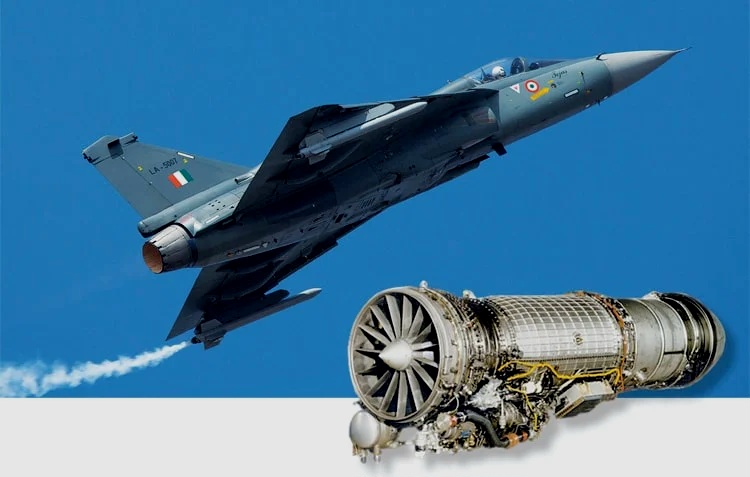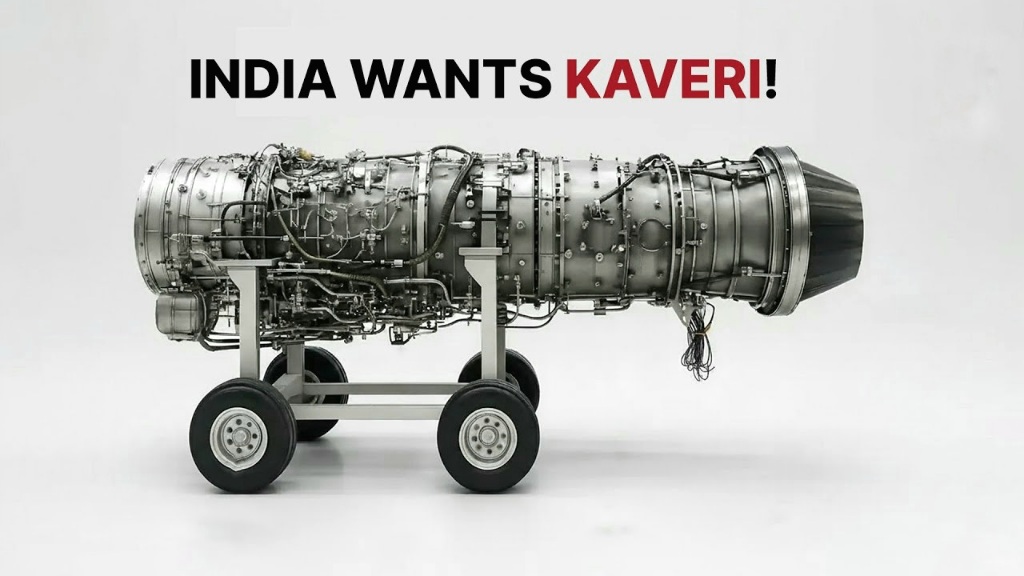What we are talking about today is about India’s Kaveri jet engine. Which is making many strategies between countries like GTRE Saffron or America-France.
The Kaveri jet engine, which is the GTX 35VS Kaveri model. DRDO’s GTRE (Gas Turbine Research Establishment) was started in around 1980, so that India can make its own jet engine in the coming time so that it cannot depend on other countries, but at present, till 2025, India’s Kaveri jet engine is not completely ready to fly in the sky.

First we have to fix the Kaveri jet engine.
Our Indian scientists and some engineering team together have made the Kaveri jet engine, but there are still changes to be made in it. The thrust of the Kaveri jet engine is decreasing. Because the thrust of the Kaveri jet engine, that is, the force generated by the engine by which the aircraft pushes the air backwards and moves itself forward, the speed of that thrust is calculated in kilonewtons (KN).
Recently, when thrust measurement of Kaveri jet engine was done, its dry thrust (non-afterburn) was ~52 – 55 kN or wet thrust (afterburn) was ~70 – 75 kN.
This is our own paper published, but it is true that the wet thrust of the Kaveri jet engine goes between ~ 65 -69 kN, the propeller wing at the end of the Kaveri jet engine which is connected to the head is melting due to the heat of just this much thrust and high vibrations are being seen.

If India still has to install jet engines in Tejas MK1 aircraft, then reliable continuous thrust of ~75 – 80 kN will be required because if the AGR is not able to provide even this much thrust to the aircraft then it will not be able to meet the requirement of fast take off. Also, the aircraft will not be able to carry a large amount of fuel along with high weight combat missiles.
Recently, Bharat Kaveri jet engine was installed in Tajes MK1 and it was found to generate maximum thrust of up to 70 kN. That is why for the time being the Kaveri jet engine was unfit in the Tejas MK1 aircraft.
At present the dry thrust (non-afterburn) of Kaveri jet engine is 52 kN or wet thrust (afterburn) is 70 kN or these dono thrusts are far behind the global standard. Therefore, for now, a plan is being made to use the Kaveri jet engine as a UCAV or marine gas turbine generator.
Indian scientist says that this is just the trail period of Kaveri jet engine. In the coming time, we will develop Kaveri 2.0 AMCE (Advanced Medium Combat Engine) whose thrust is targeted to be ~110 – 120 kN.



